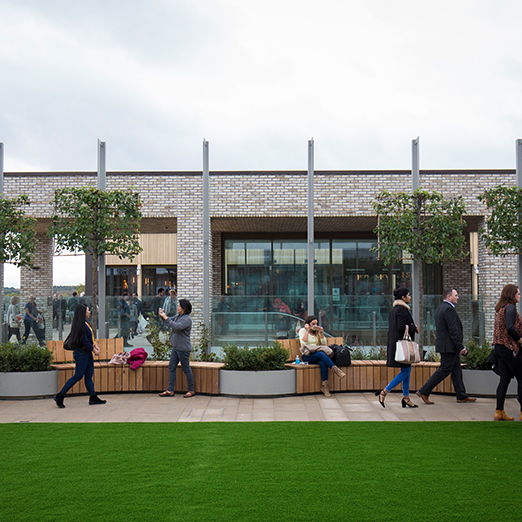Insights
5 capitals: economic.
Value, for now and for the future.
It’s vital that any approach to sustainable design is outcomes-focused. The overarching aim is to emphasise the value that can be created from sustainable developments. In collaboration with our clients, we create simple, clear aims that add value in these key areas.
1. Social: the value for wider society
2. Human: the impact on the users
3. Physical: the building & infrastructure
4. Natural: the enhancement of the environment
5. Economic: the commercial benefits
All week, we’ve been looking at each of these capitals in more detail. This final piece is economic capital.
Economic is all about harnessing the monetary value of sustainable design.
By embedding successful Social, Human, Natural and Physical design solutions, a development’s economic value will be strengthened.
We consider both the direct and long-term economic benefits of a project, understanding how placemaking creates jobs and skills that subsequently attract more business to local areas, and ultimately driving a continuous cycle of investment.
The approach to creating economic capital requires a focus on both the long-term economic sustainability of a development and its direct economic benefit.
Planning potential.
The planning stage is where developments can outline their commitment to create, sustain, and positively impact both the local and wider economy.

Oxford Westgate is a pioneering example of a development that became possible through its demonstration of direct and long-term economic benefit.
The ultimate goal is to create value, delivering tangible real term benefits – for the economy, for people… for now, and for the future.
Take a look at our short video clip explaining our approach to creating economic capital: